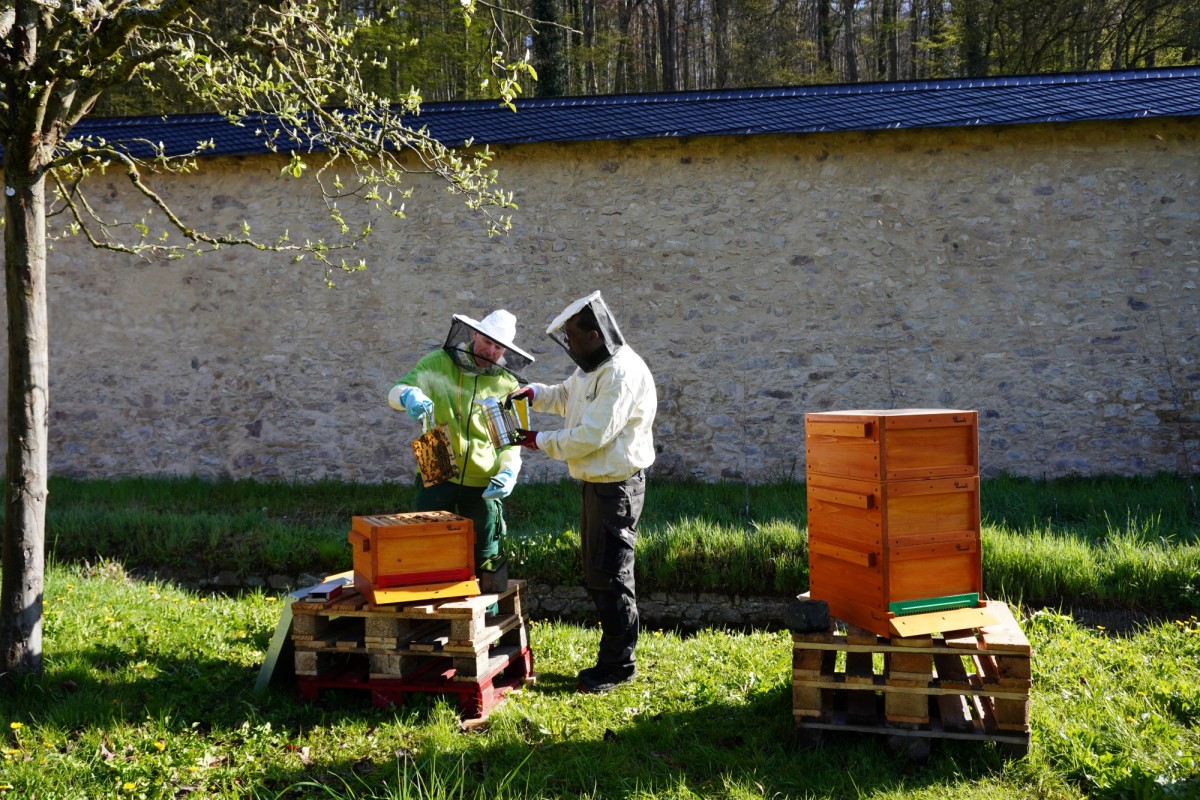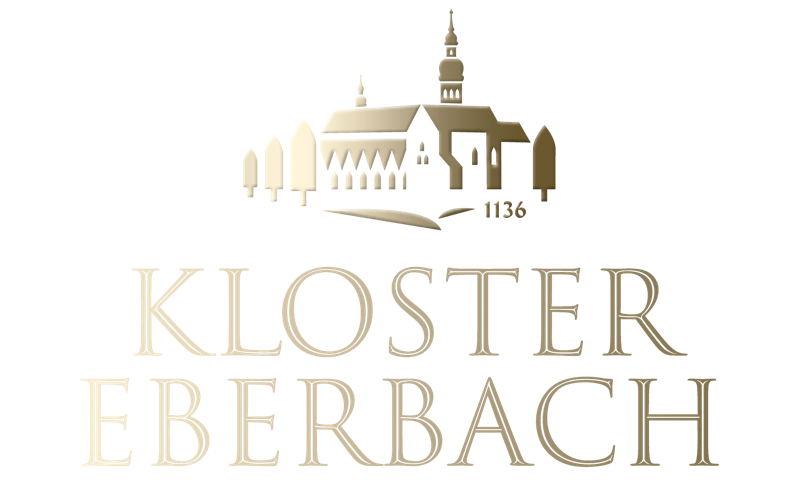The donation project
The "honeycomb house" is intended to become a place of teaching and learning for everyone, but especially for children and schools, and thus contribute to a deeper understanding of the great importance of pollinators in our ecosystem.
Make a donation to support this valuable and sustainable community project in the form of a lasting work of environmental awareness, history and art in Eberbach Monastery.
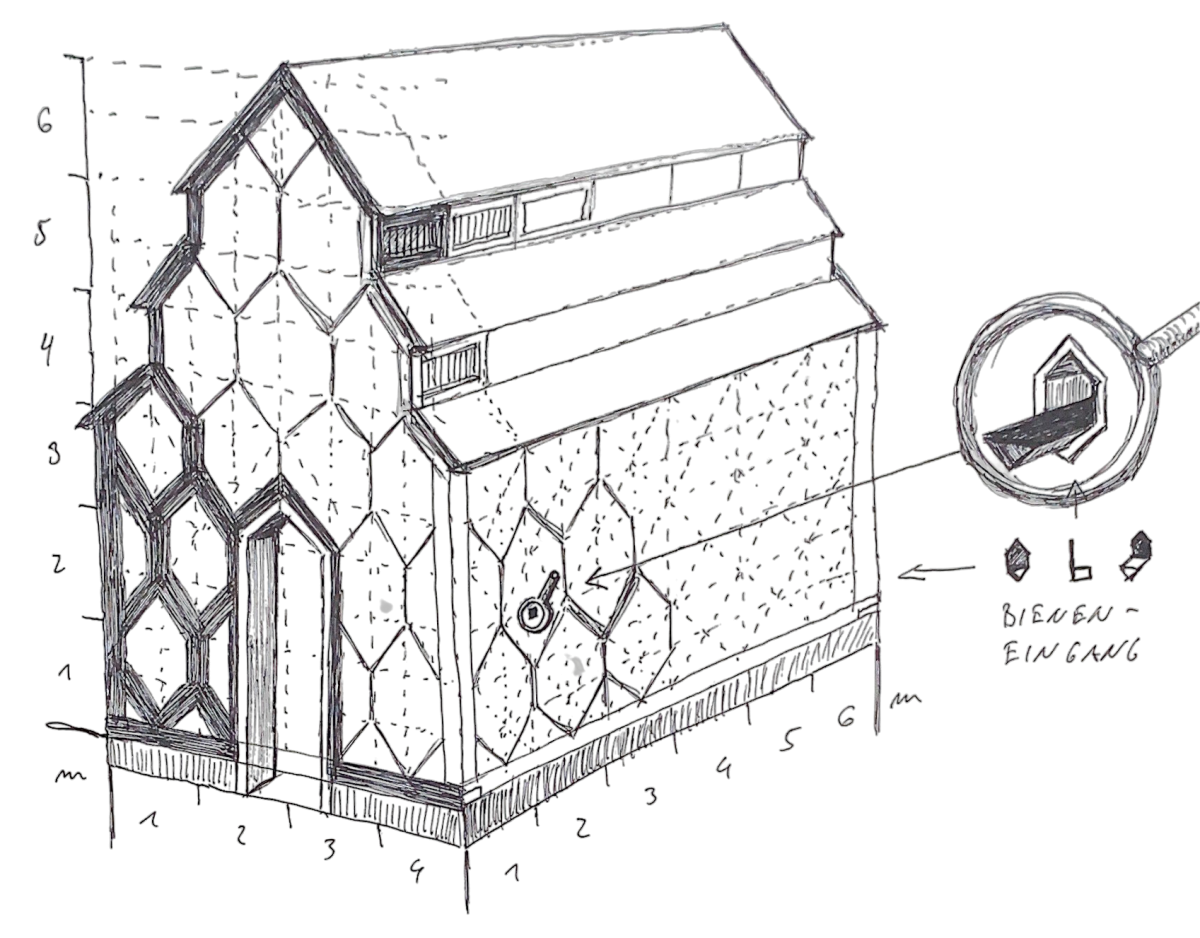
Marten Schech
Born in Halle an der Saale, the sculptor worked as a monument conservator from 1999 to 2004. From 2008 to 2015, he studied under Wilhelm Mundt at the Dresden University of Fine Arts, the University of Leeds and the Düsseldorf Art Academy, graduating with a diploma. He lives and works in Berlin and Dresden. Because of the narrative qualities of their traces of use and their evolved uniqueness, he creates his sculptures and installations from old building materials and sometimes recreates them with new materials. In 2017, he was awarded the Caspar David Friedrich Prize for his architectural sculptures, some of which are made from historical materials.
Beekeeping - a monastic tradition
The foundation, which is responsible for the preservation and further development of the European, almost 900-year-old cultural treasure in the Rheingau, now wants to build on this. "The organization and division of labor of the bees to achieve an overriding goal in the bee colony are also symbolic of the way the former Cistercian religious community in Eberbach functioned. Bernhard von Clairvaux, founding father of Eberbach Monastery, is often depicted in illustrations with a beehive as an attribute," says Julius Wagner, Chairman of the Board of the Eberbach Monastery Foundation.
Therefore, it is good and fitting to now revive the tradition of beekeeping in Eberbach. Eberbach's bee colonies already feel at home in the valley's rich natural habitat of forests and flowering meadows and are busily swarming.
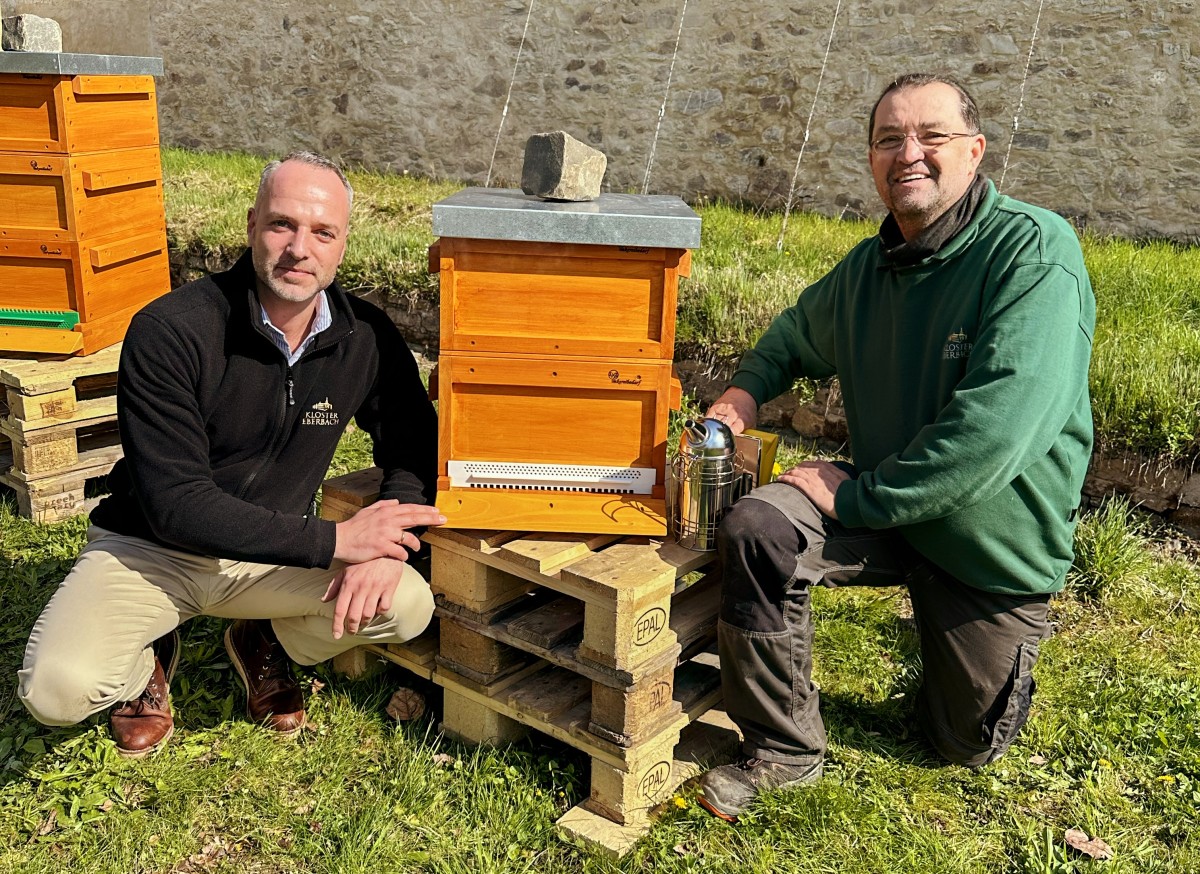
Wooden hives from natural materials were installed
The five colonies, about 50,000 animals in total, are cared for by the Infrastructural Facility Management team headed by Ronny Weiß.
We want to breed, nurture and care for the bee colonies in harmony with nature according to ancient methods," explains the foundation's conservation officer. "The wooden hives in which the first colonies have moved into the monastery come from workshops for people with impairments and are made of natural materials. In perspective, medieval beehives are to be added and a beehive made of clay and half-timbering is also to be built.

The project Apis monastica - the monastic bee
The bee project, titled "Apis monastica" for "the monastery bee", is to be developed and used for knowledge and culture transfer. Julius Wagner: "We hope for many kind donors who will help us to nurture and care for the bee colonies in Eberbach Monastery - and to build a new bee house that will be made accessible to all interested parties, especially children, as a place of learning."
